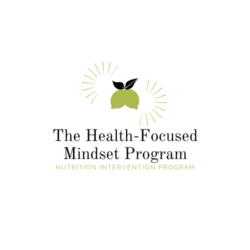| INPUTS | ACTIVITIES | OUTPUTS | S-T OUTCOMES | I-T OUTCOMES | L-T OUTCOMES |
| Program team develops a curriculum for nutrition and diet education for Indianapolis teens. | Program team implements lessons on nutrition, diet, and communication strategies, focusing on why this information is important and how to make behavior changes. | The program reaches over 50% of Indianapolis teens, teens complete education program, and engagement is consistent. | Teens can identify the nutrition-based definition of diet, understand the risks of restrictive dieting, and identity positive diet behaviors for their own lives. | Teens change food consumption habits and develop a health-focused mindset regarding diet, resulting in improved awareness of diet, health, and body image. | Reduction in obesogenic behaviors and overall risk of obesity. |
| Program team implements a corresponding communication and social media project, built from the curriculum. | Program team implements a training program for corner store owners on merchandising and sales strategies of newly added healthful foods. | Teens complete a social media communication campaign summation of content. | Change in knowledge and strategy in regards to merchandising and sales of newly added healthful foods. | Community members gain more opportunities to purchase healthful foods, and store owners make healthful foods more accessible to community members. | Obesity risk and outcome reduction. |
| Program team will introduce the idea that students are not alone through a class discussion about the benefits of community. | Program team will facilitate interconnectedness among participants, creating community groups within participants. | Community groups meet during each lesson and work on social media campaigns together. | Teen participants will feel more connected and engaged with program material, resulting in higher engagement and satisfaction. | Improved self-esteem, better connection with peers, lowered cardiovascular risks, especially blood pressure. | Quality of life of individuals improves. |


The Health-Focused Mindset Program
Through education and community building, we promote well-informed food choices and health-focused mindset shifts in diet behaviors among US high school students.